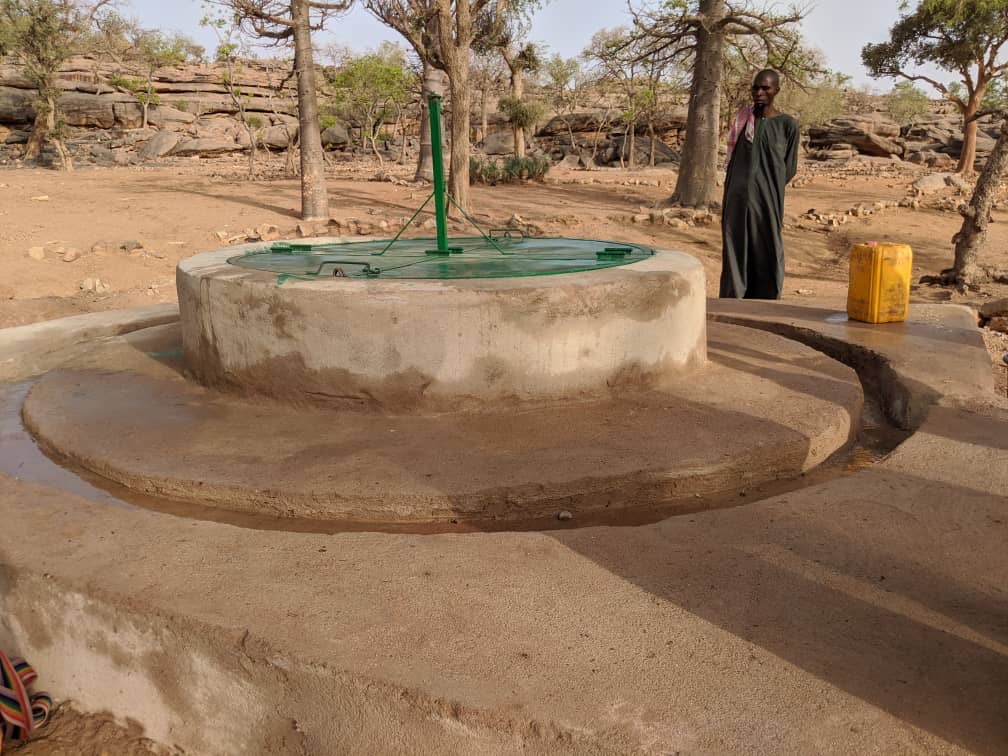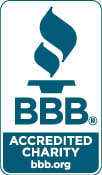Water Resources
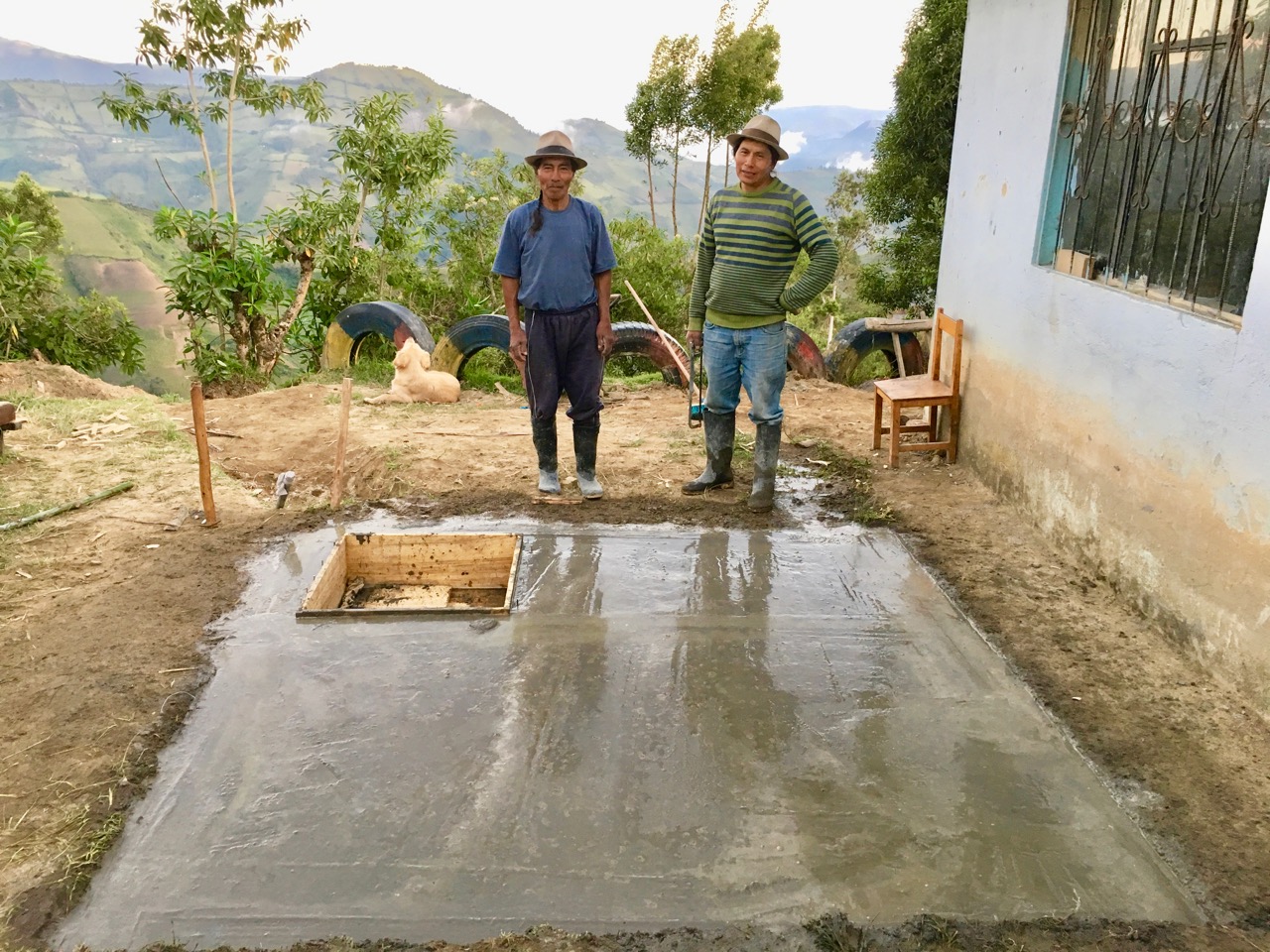
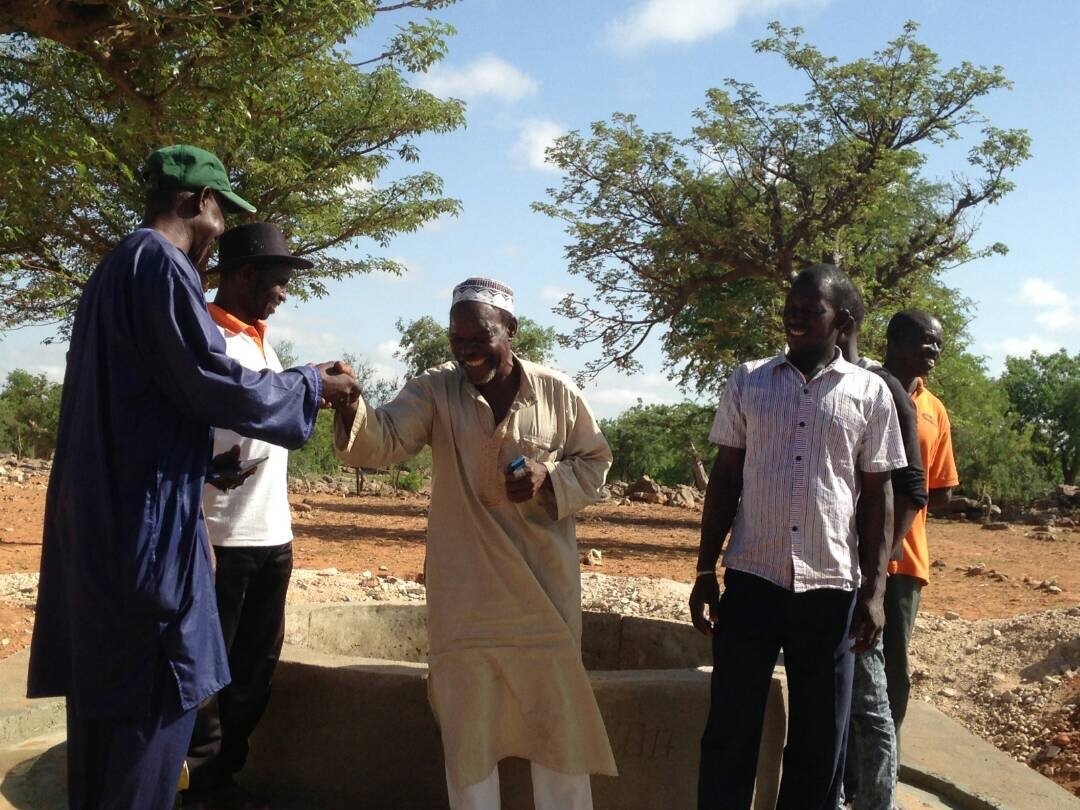
Increasing Access to Water in Mali
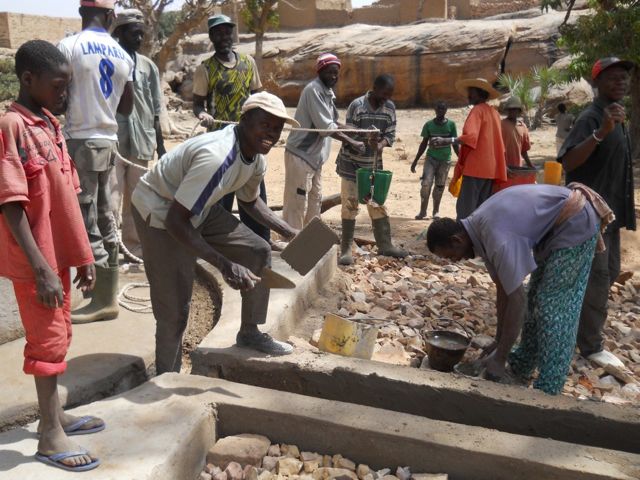

Tandana has assisted with the digging of a new well in Ologuiné and the stabilization, improvement, and deepening of several wells in Kansongho, Sal-Dimi and Sal-Sombogou. Community members often prefer open wells to closed boreholes with pumps, because when a pump breaks no one can get any water, whereas with the well they can always access the vital liquid. Often, they find even pulleys to be too limiting, as during peak times more than 20 people may be drawing from the same well. Women and men have different techniques for pulling the rope up from a well with a bucket full of water, but almost everyone participates in some way in the provision of water. Even young children carry buckets full of water on their heads without spilling a drop.
Once they have adequate sources for household water, many community members seek additional water options for livestock and gardening. Sometimes, dikes can retain water from the rainy season for a number of months. In other cases, additional wells provide for these needs. A water tower with a solar pump is a dream come true for gardeners, allowing them to irrigate vegetables and fruit trees and produce food throughout the dry season.
New Well in Ologuiné, Mali
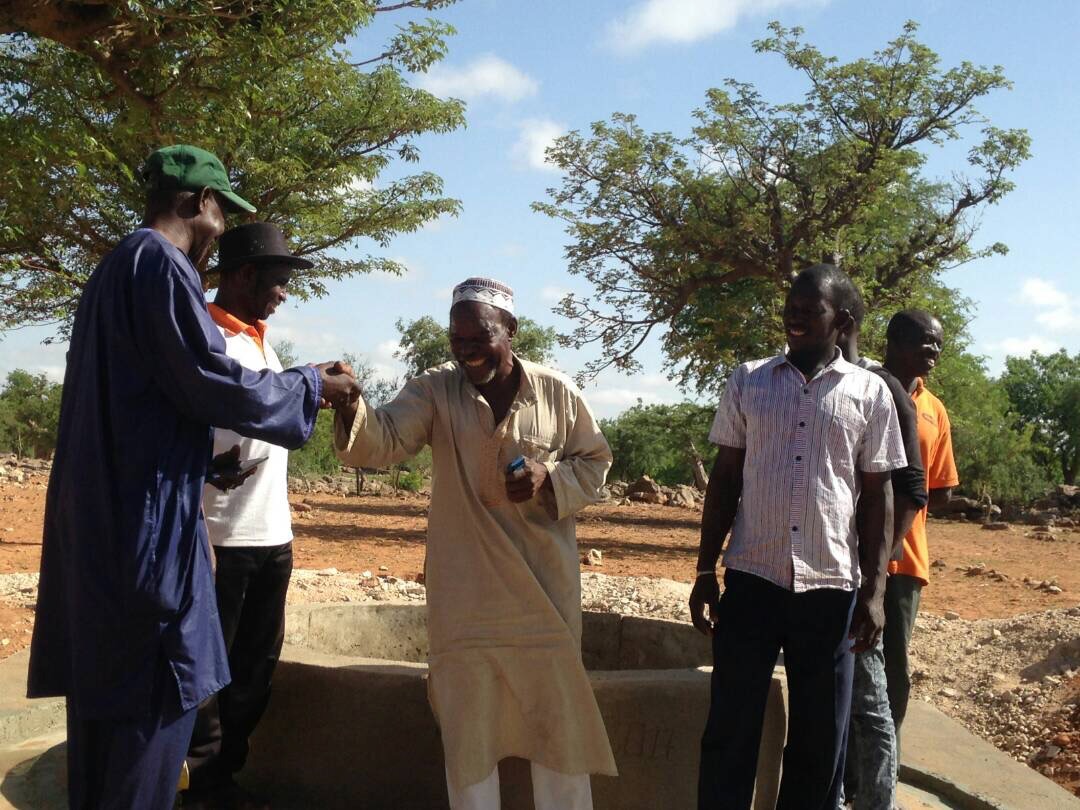

Well Restoration in Kansongho, Mali
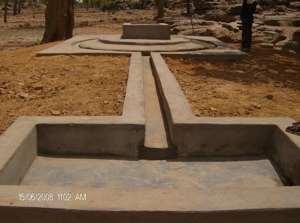
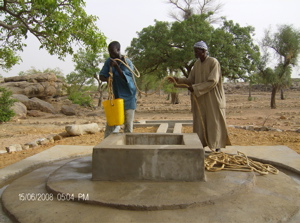
In 2008, Tandana was able to provide the funds needed to restore and deepen a well in Kansongho, Mali. This project is of utmost importance to the village's 800 residents, since their other two wells both dry up towards the end of the dry season. The well had collapsed and was unusable; often women had to walk great distances in search of water or use dirty sources, and shepherds had to refrain from watering their livestock. The village contributed cash to this project in addition to the unskilled labor and local materials and is thrilled to have completed the project. Now, residents have a nearby water source that they can count on year-round. The well also now has a clean, raised opening to keep pollutants out of the water and a basin for watering animals. In 2010, Tandana provided funds to repair and restore a second well in the village. An internal collapse had made it too dangerous to use, putting extra pressure on the other two wells. Now it is stabilized and strong. Kansongho men took turns assisting the skilled masons with the work. In 2012, residents, with help from a local contractor hired by Tandana, also improved and stabilized the oldest traditional well in their village. Now all three wells are secure water sources.
Well Restoration in Sal-Dimi, Mali
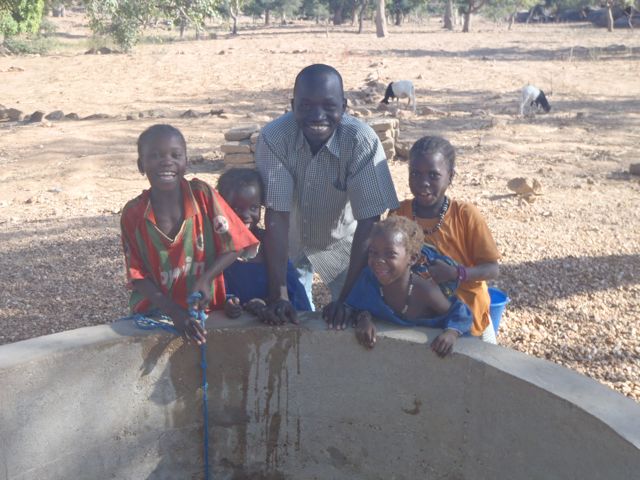
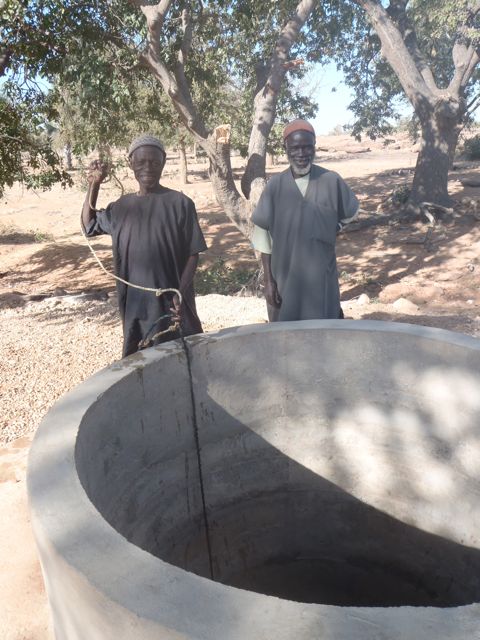
The village of Sal-Dimi had two wells, both traditional, meaning they have been dug and maintained by hand. About every two years, the logs supporting the opening had to be replaced by new trees, which are becoming more and more scarce as the Dogon Plateau is deforested. During the rainy season, when the water is high, it erodes the mud and clay walls of the wells, leading to frequent collapses, which can be dangerous. Each year residents had to repair, stabilize, and rebuild the openings to both wells. They asked Tandana for help to permanently stabilize their wells, and we hired a local contractor to reinforce both wells with cement walls and create a raised opening for cleanliness. On the day that we announced that the first well would be restored, several elders were covering the well with thorny branches because a collapse had made it too dangerous to approach and draw water. Residents were thrilled with the news that it would be improved, and quickly mobilized the sand and gravel that would be needed for the reconstruction work. They also contributed the labor to assist the skilled masons, and several of the elders were so excited that they donated sheep to be roasted and feed all those who were working on the project. The second well has now also been stabilized and is safe to use.
Well Restoration in Sal-Sombogou, Mali
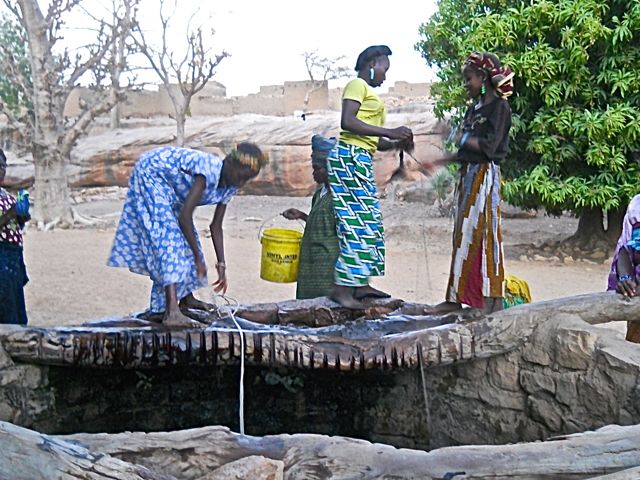
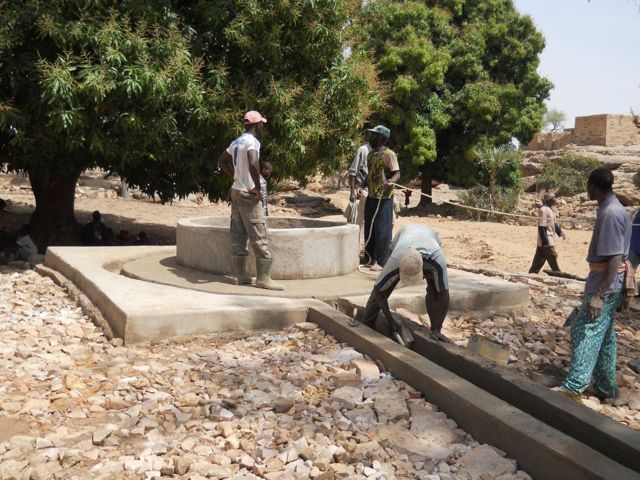
Well Restoration in Komberou, Mali
The community of Komberou in Mali needed upgrades to their well. They drilled it deeper to ensure access to water during the dry season and installed a secure cement lining. While working, they discovered that part of the wall had caved inside the well and it was getting dangerous. If this project wasn’t done, at some point it likely would have collapsed and people could have been hurt. After the work on the well was finished, the management committee received training and made rules to keep the well clean. The improved well has a clean raised opening with a cover and watering basins for livestock. A pulley was also added to facilitate drawing water.
New Well in Wana, Mali
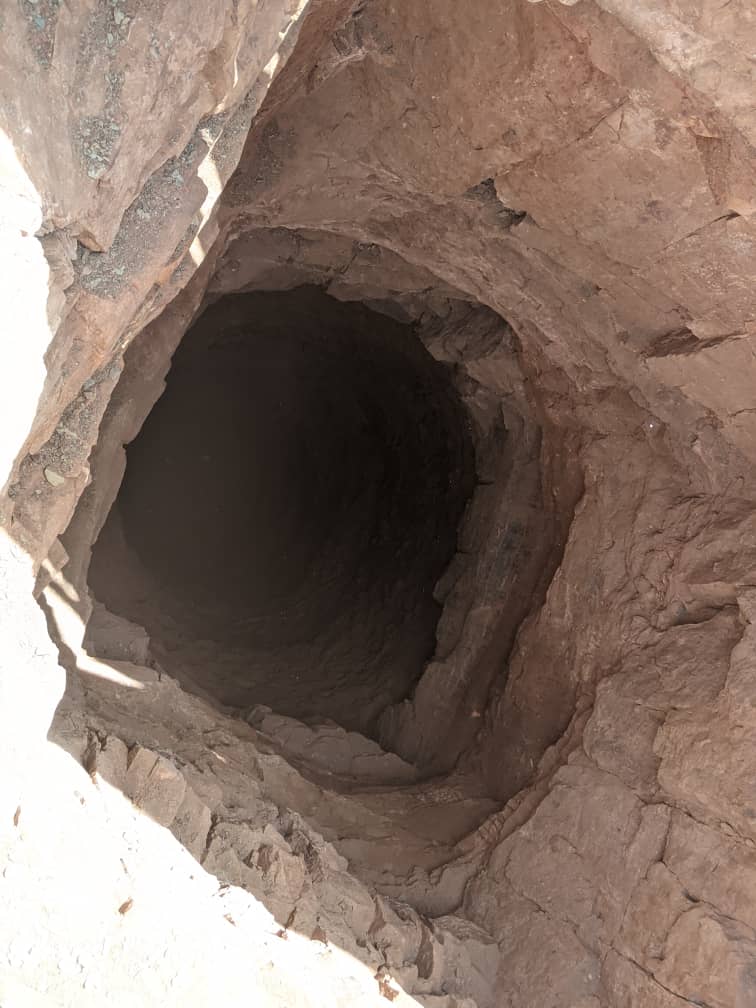
As of May 2021 the well in Wana, Mali is now 13m deep. The community is looking forward to having reliable access to water. As of July, 2021 The Wana Well project is nearing completion. The Management Committee was elected and their training took place on June 22-23, 2021.
New Well in Sandiam, Mali
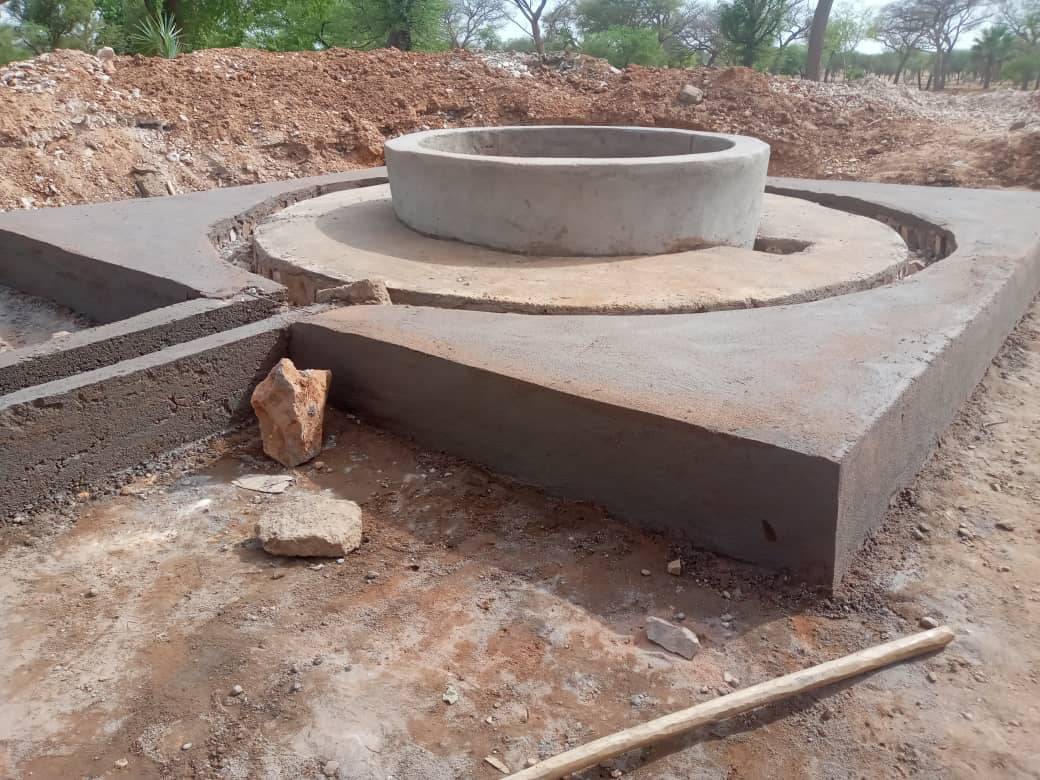
As of July 2021, the well in Sandiam is nearly complete! They have finished the cement lining and built the raised opening and watering basin for livestock.
New Well in Gongo Sinou, Mali
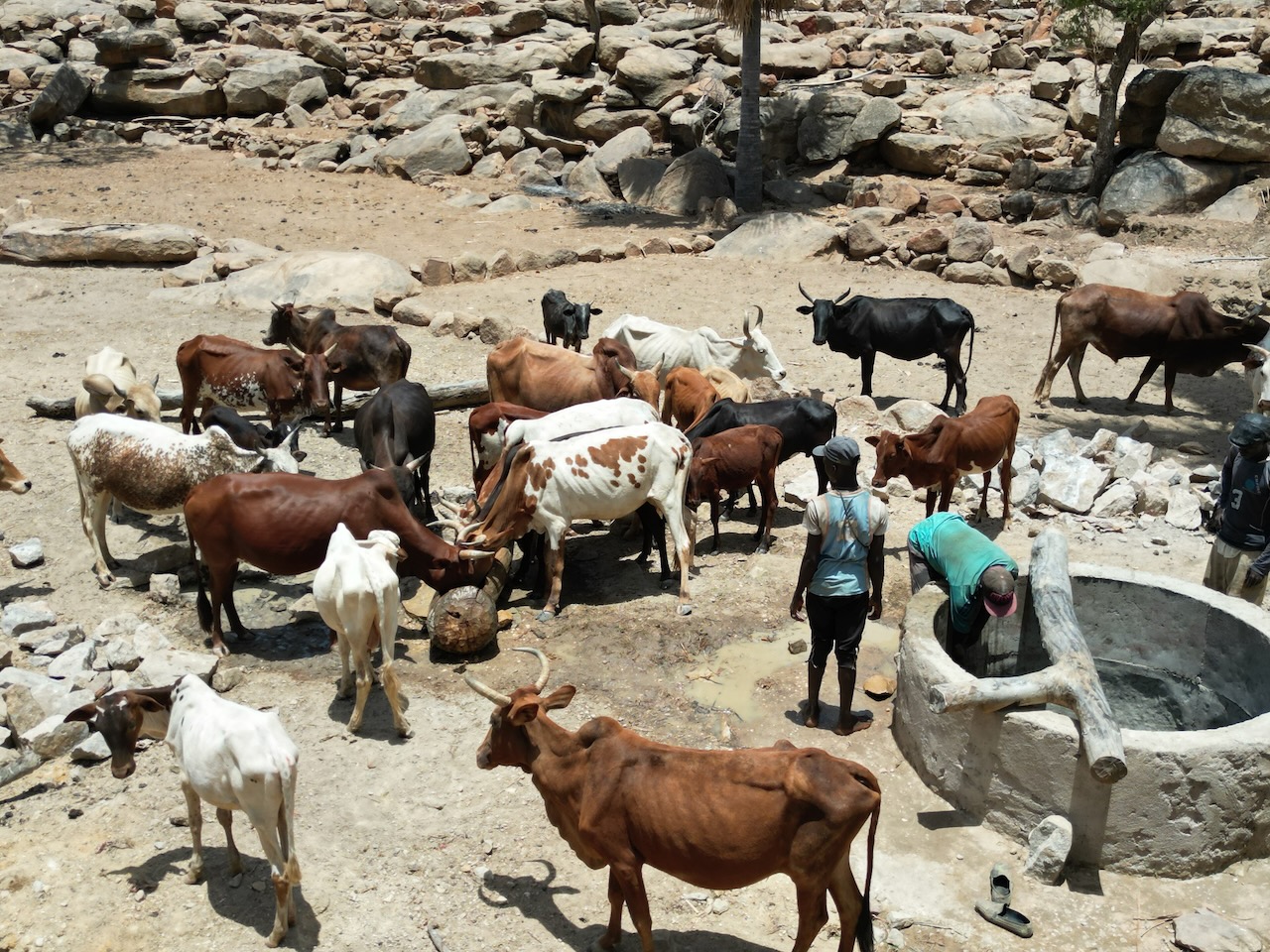

Work has been completed on the well in Gongo Sinou. It has been dug to the planned depth and has a clean, raised opening with watering basins. Herders are now ready to use the well water for their animals.
New Well in Ondogou Dah, Mali

The well in Ondogou Dahhas been completed!
New Well in Annal, Mali

The well in Annal, made possible by Tandana supporters, has been completed.
Well Restoration In Bandiagara

With the support of Tandana donors, construction of the well for displaced families in Bandiagara proceeded steadily--and is now completed and officially inaugurated! The water in it is currently 2m 46cm deep. The contractor closed the well to treat the water until it was re-opened for the inauguration ceremony. The report we received from Bandiagara said,"The displaced families are full of joy, which they showed by dancing."
Delivering Clean Water in Ecuador

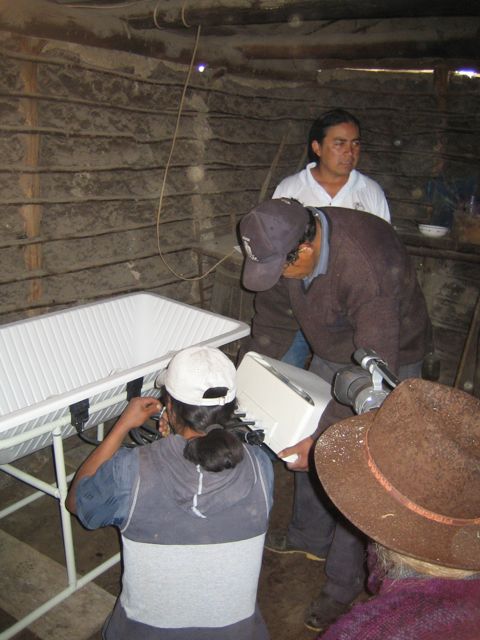
In highland Ecuador, water is much more available, and priorities focus on delivering it to homes, purifying it, and protecting watersheds by planting trees. Potable water systems may serve one or several communities, and often need to be expanded as population grows. Some systems involve purification, while others do not, and improvements to purification methods are also a goal of some communities. Tandana has assisted in expanding the capacity, providing purification equipment, building a filtration tank, and general maintenance of several water systems, including the Panecillo Regional system, the La Banda system, and the Achupallas-Muenala-Huayrapungo system.
Panecillo Regional Potable Water System
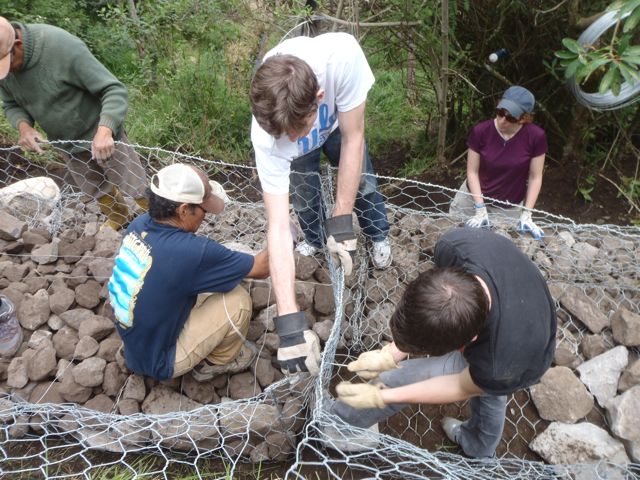
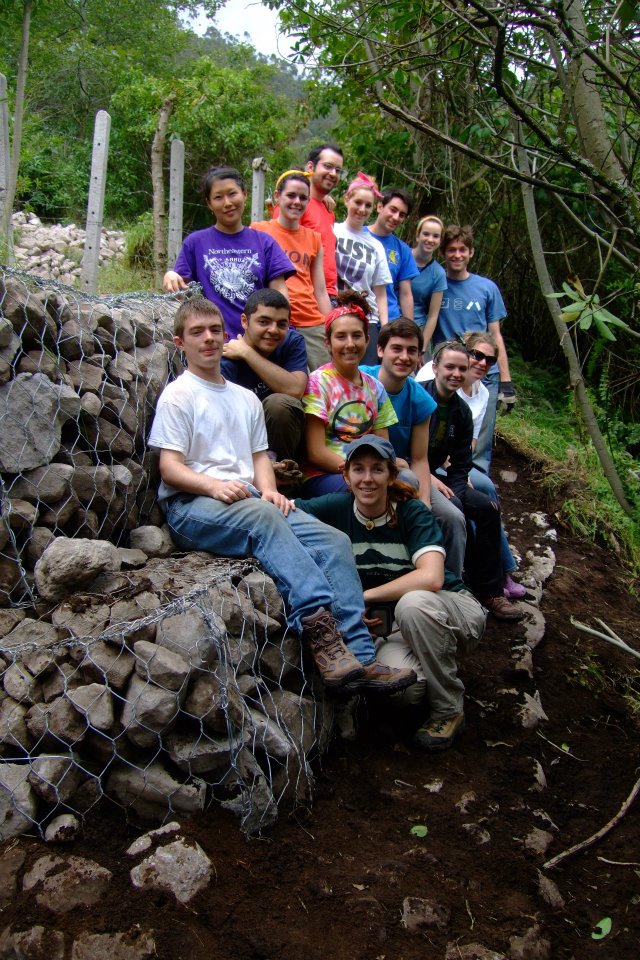
La Banda Potable Water System
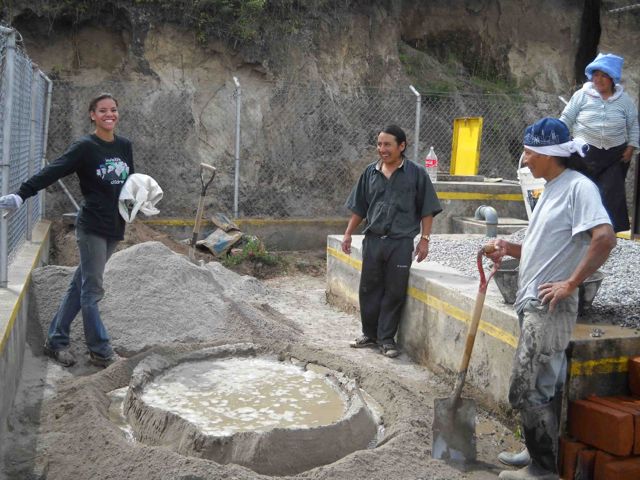
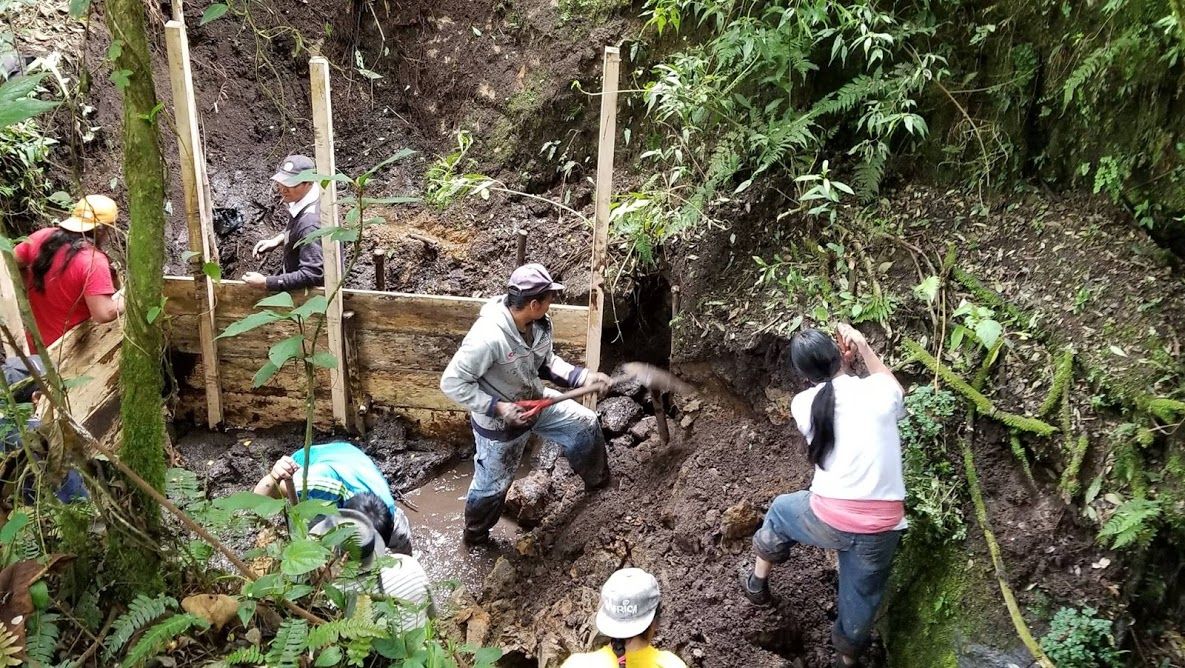
Gualapuro Potable Water System
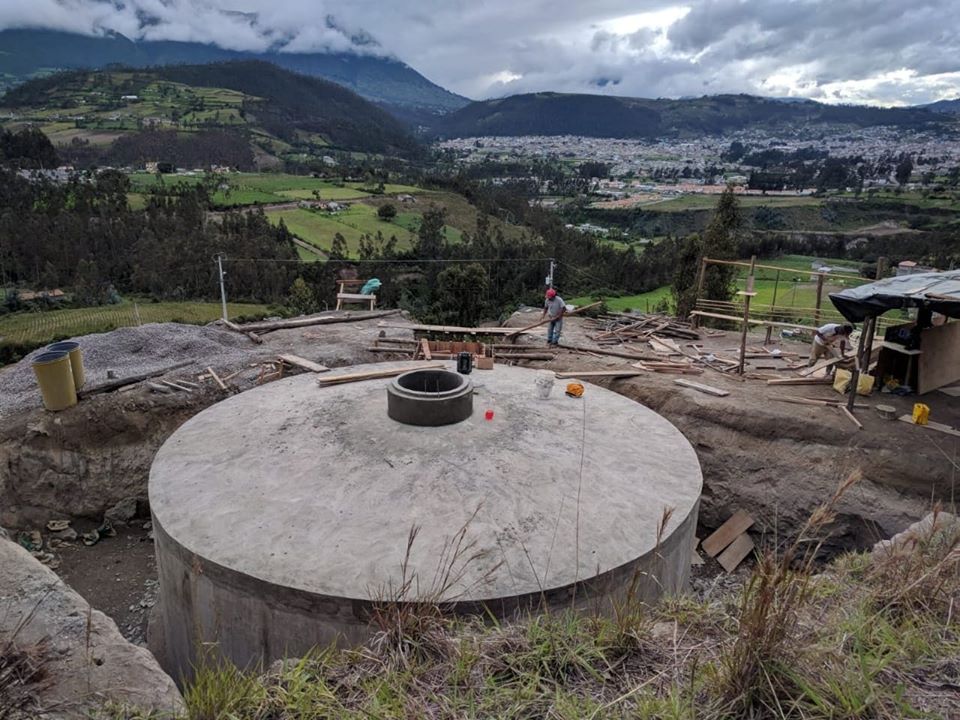
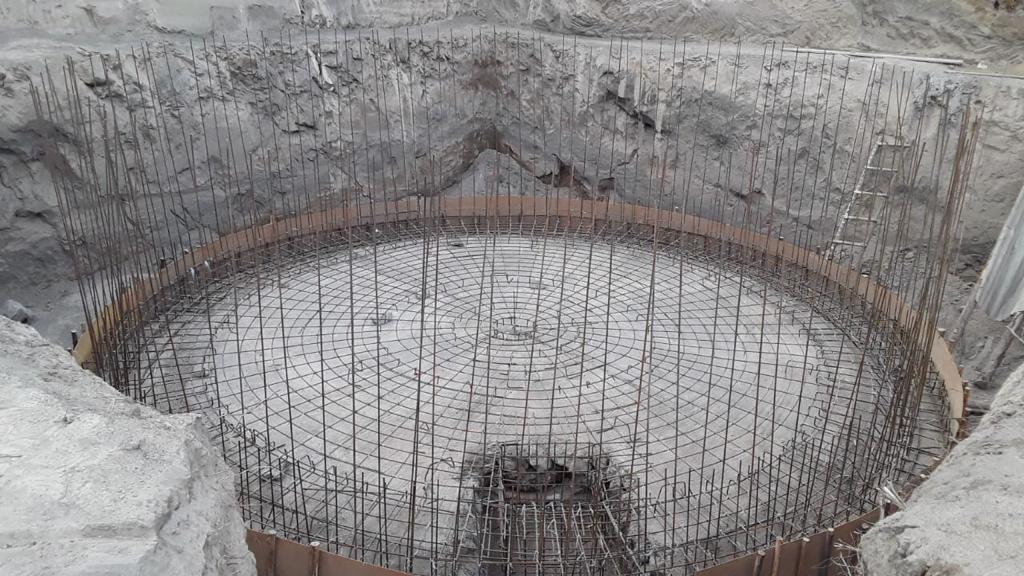
Inguincho Potable Water System
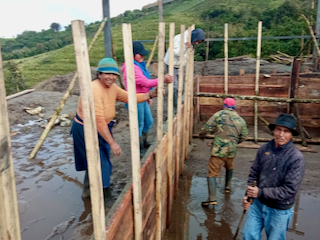
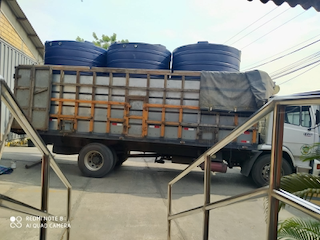
Irrigation System in Motilón Chupa, Ecuador
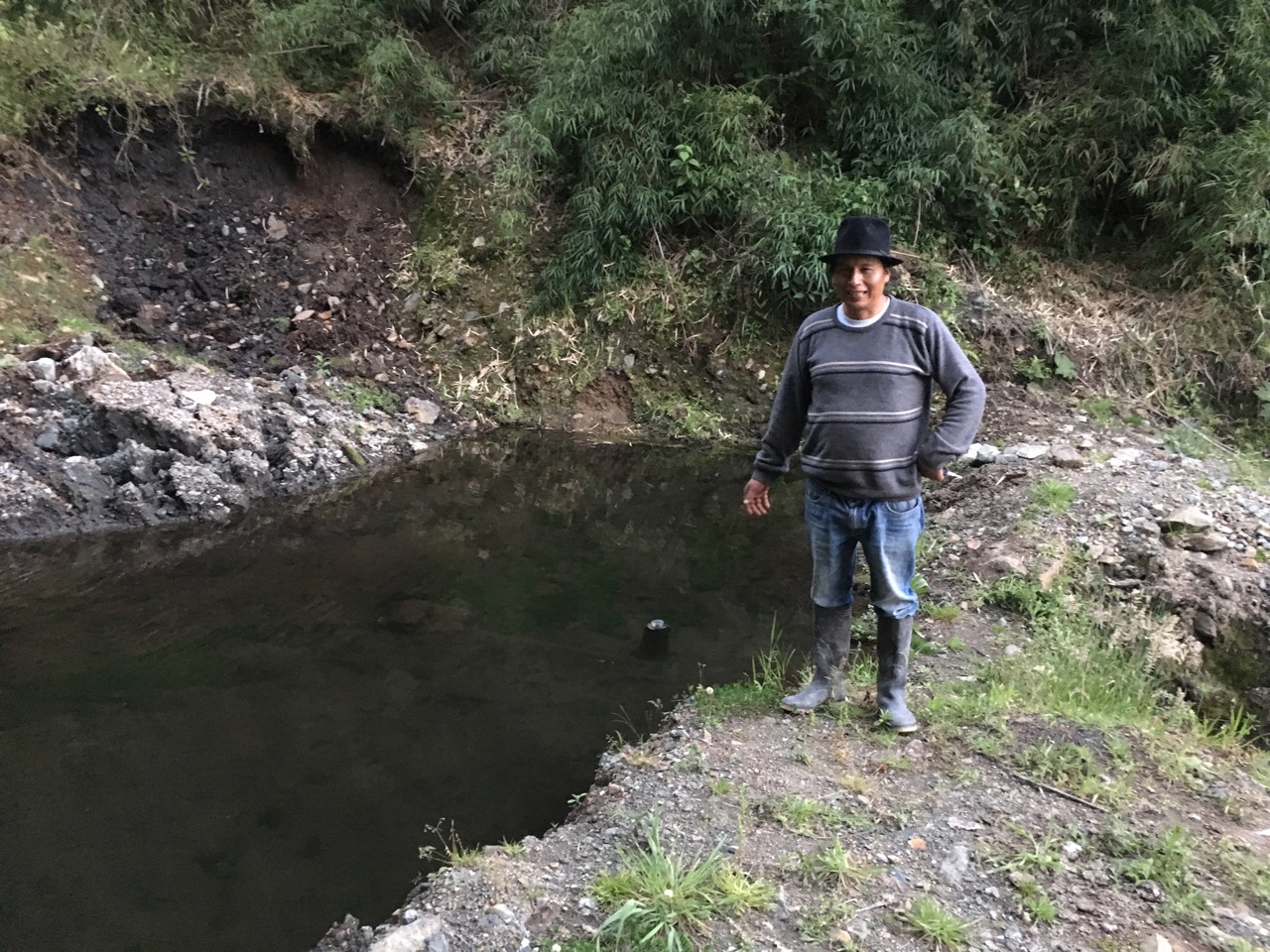
 here.
here. Water Tower, Solar Pump, and Basins in Kansongho, Mali
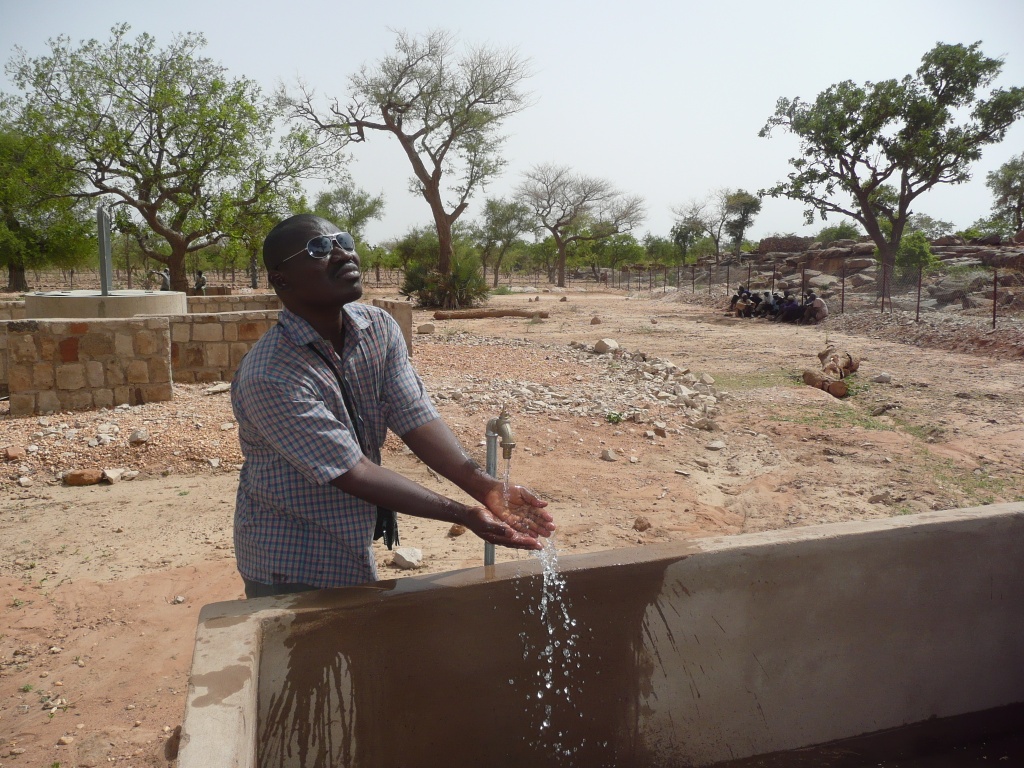
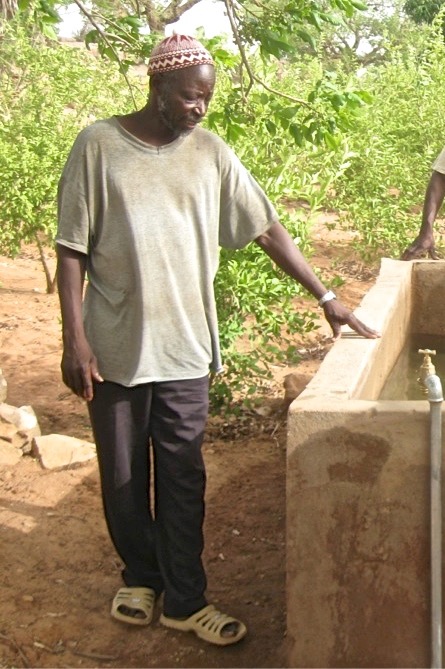
Gasoline Pump and Basins in Kori-Maoundé, Mali
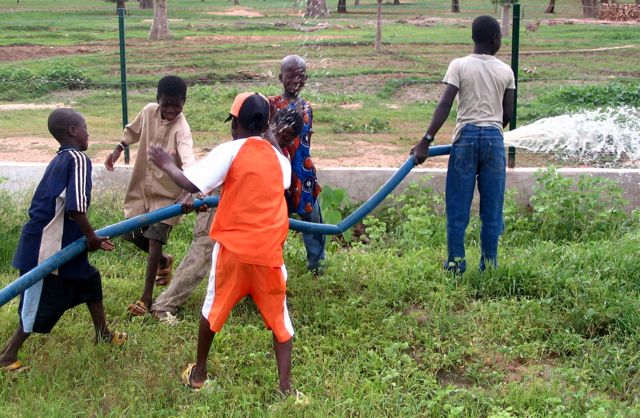
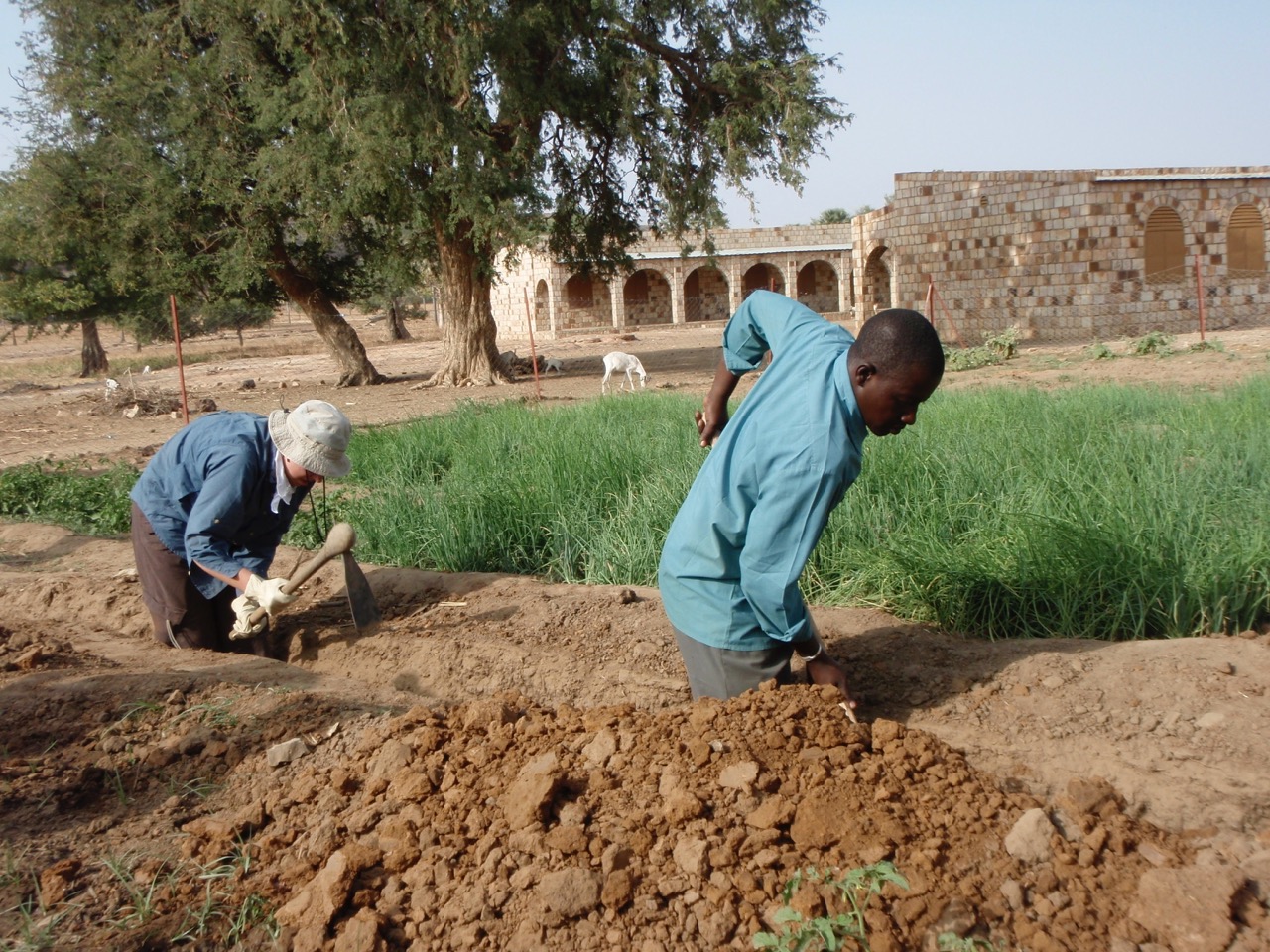
Stock Ponds in Goundoly and Andjine, Mali
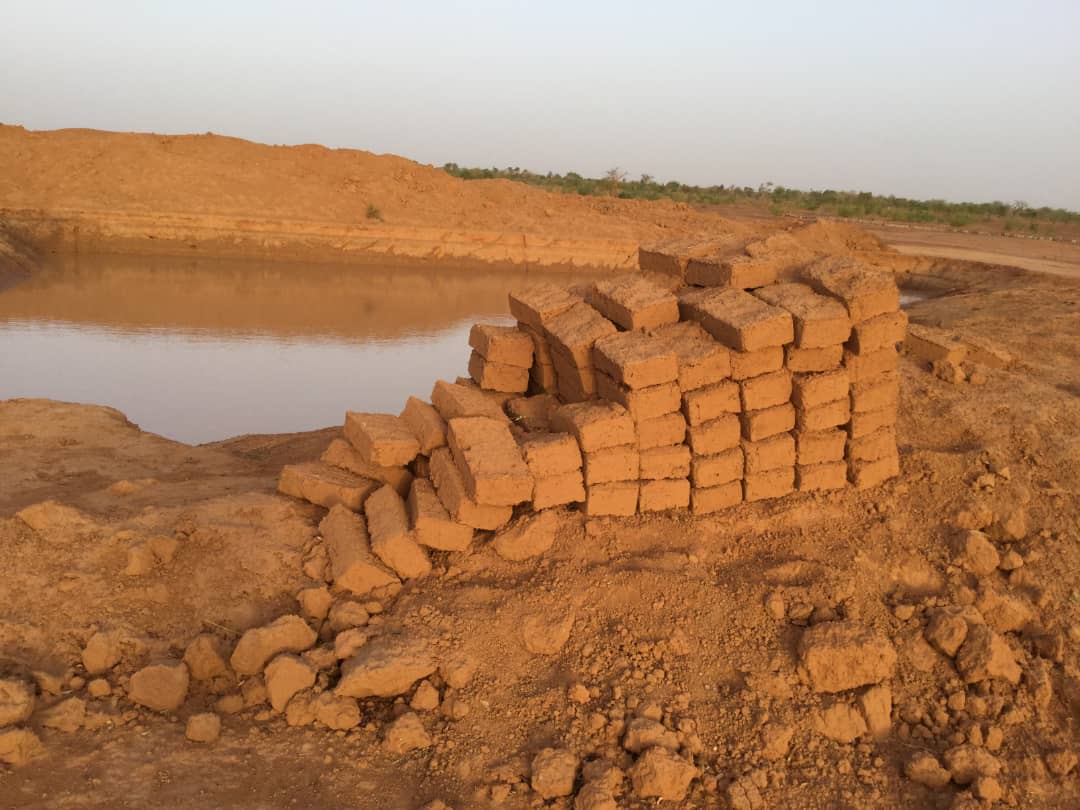
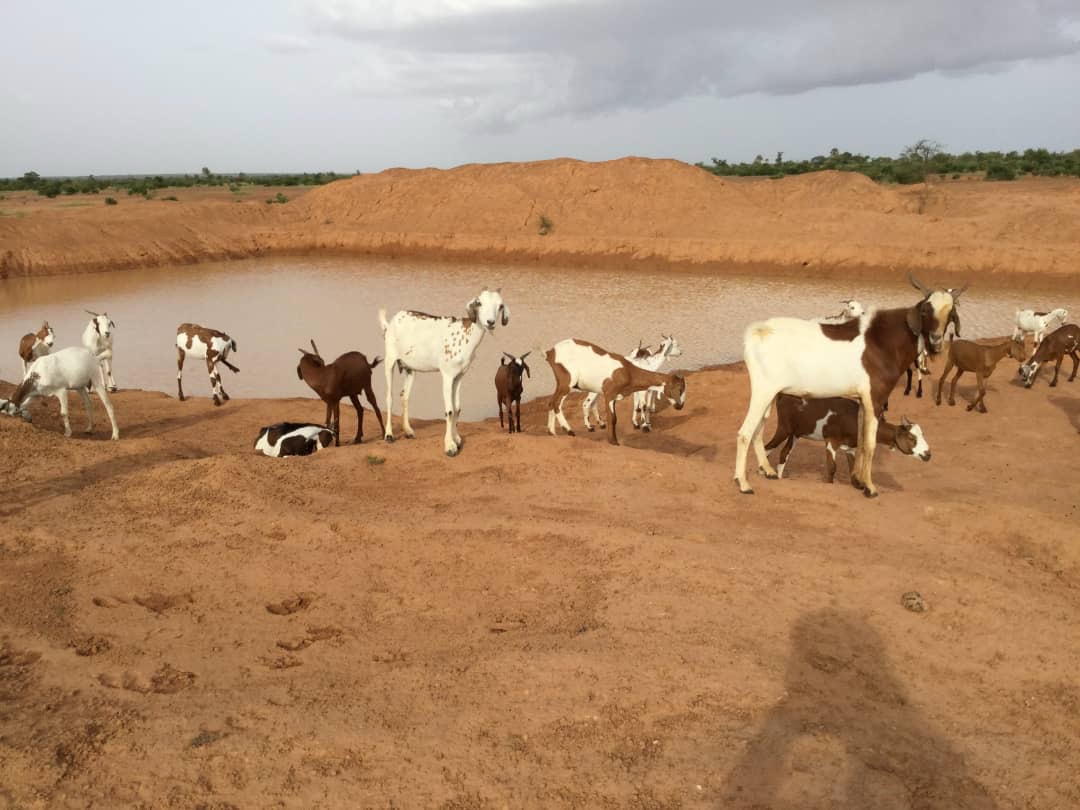
Stone Contour Lines in Wadouba Township, Mali
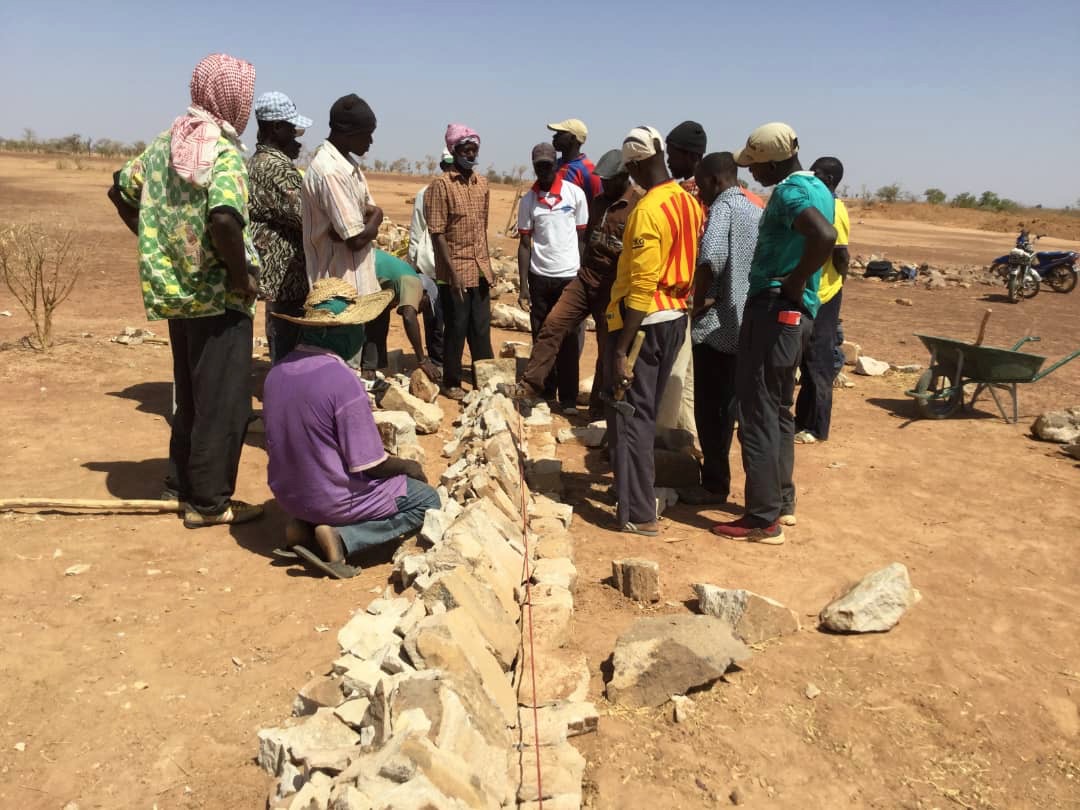
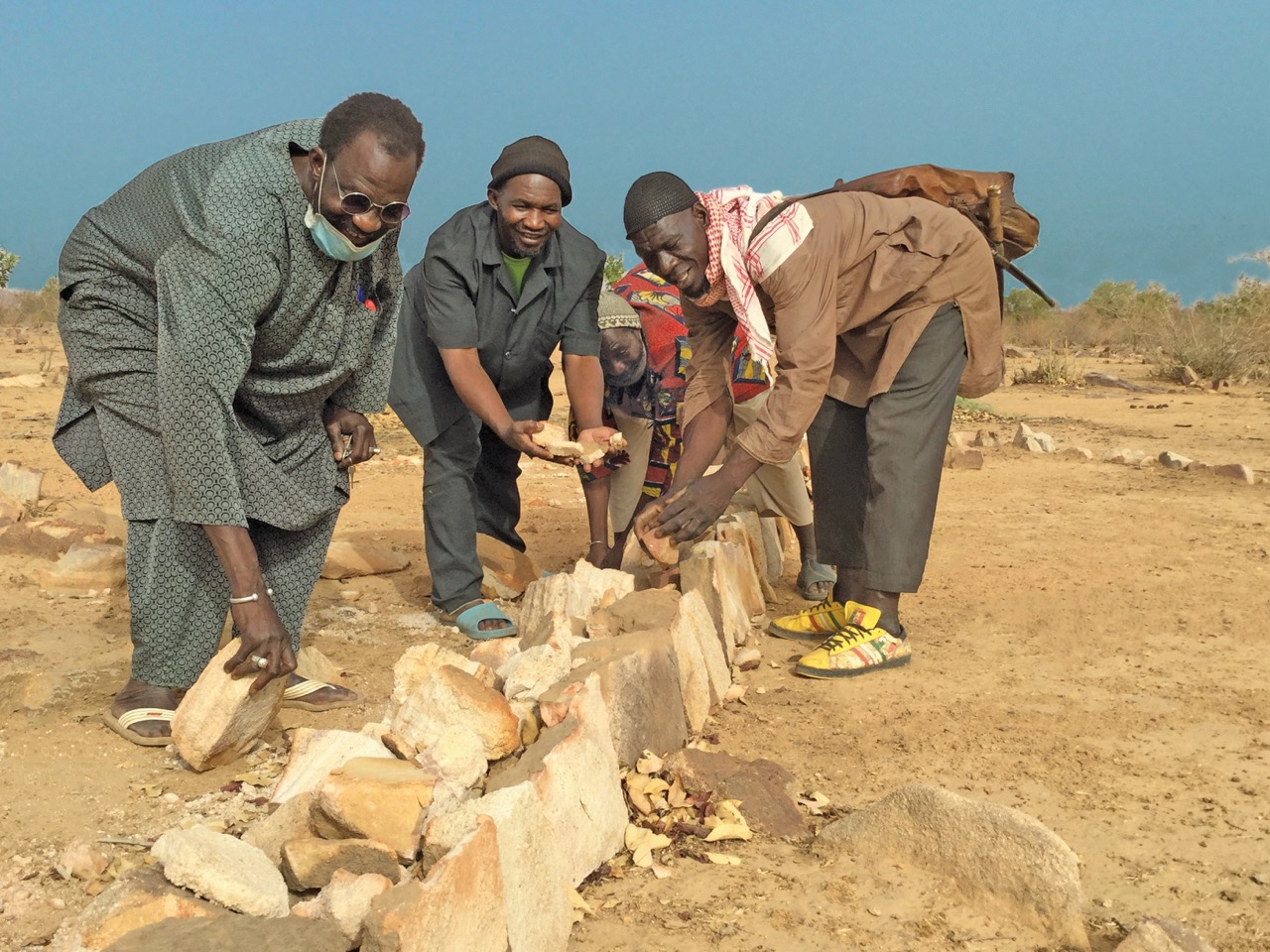
Reservoir in Moe-Leye, Mali
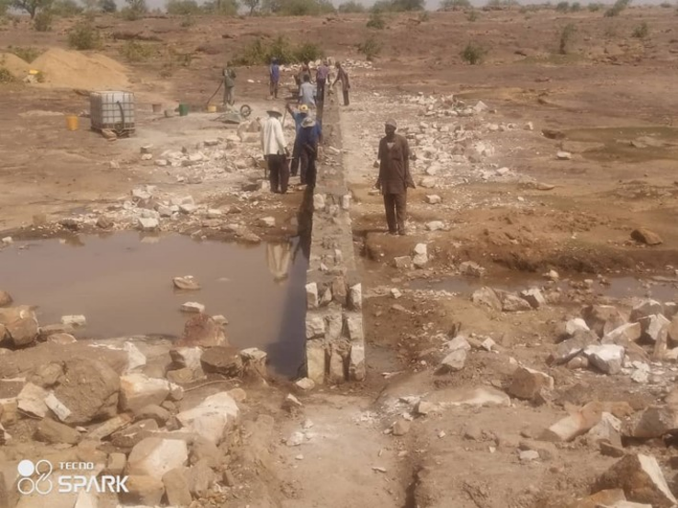
The reservoir will conserve water from the brief rainy season (which starts in June each year) for gardening and livestock in the dry season. After Tandana staff, the contractor, and village leaders met to mark out the exact location of the stone dam, residents quickly got to work, breaking the stones to be used in the construction.
Irrigation System in Yambiro, Ecuador

Residents of the community of Yambiro dream of having their own irrigation system in Ecuador. Each day that passes they are closer to achieving this dream. This system will aid in improving their agricultural productivity, providing a sustainable income for families, and enhancing the overall well-being of the community. Pipes have been laid which connect a water source to the new and massive water reservoir that has been constructed. From there, more pipes will connect this reservoir to individual homes and farms allowing access to irrigation water. This opens up a new possibility for community members to plant fruit trees or even construct pools to farm tilapia. The hope is that this irrigation water will open up income generating opportunities for the women's association that started this project and for other community members as well.
